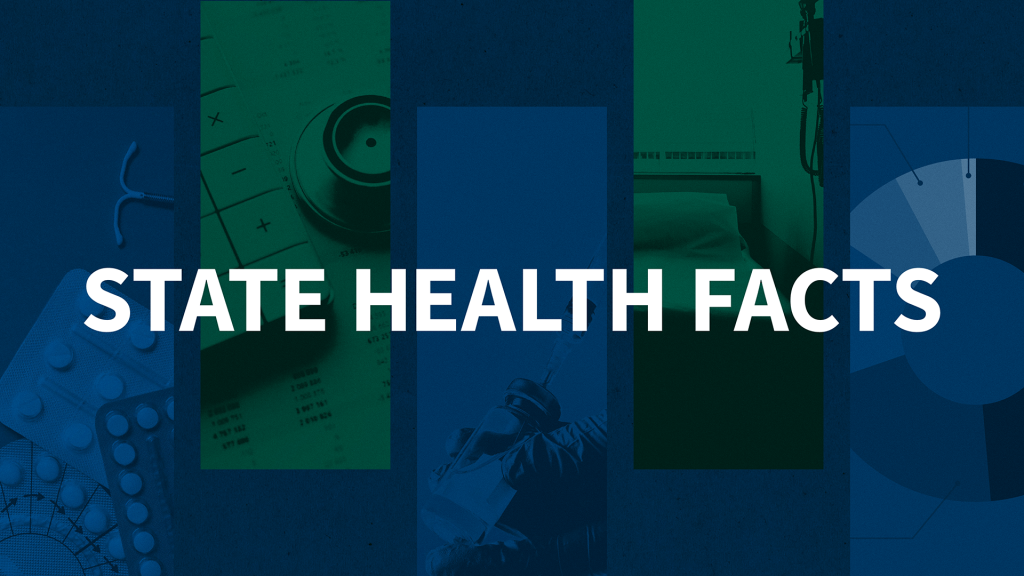The 2005 Kaiser Low-Income Coverage and Access Survey: Survey Methods and Baseline Tables
The 2005 Kaiser Low-Income Coverage and Access Survey: Survey Methods and Baseline Tables This document details the methods used to develop the 2005 Kaiser Low-Income Coverage and Access Survey dataset and presents baseline tables on population demographics, overall and by health coverage.
